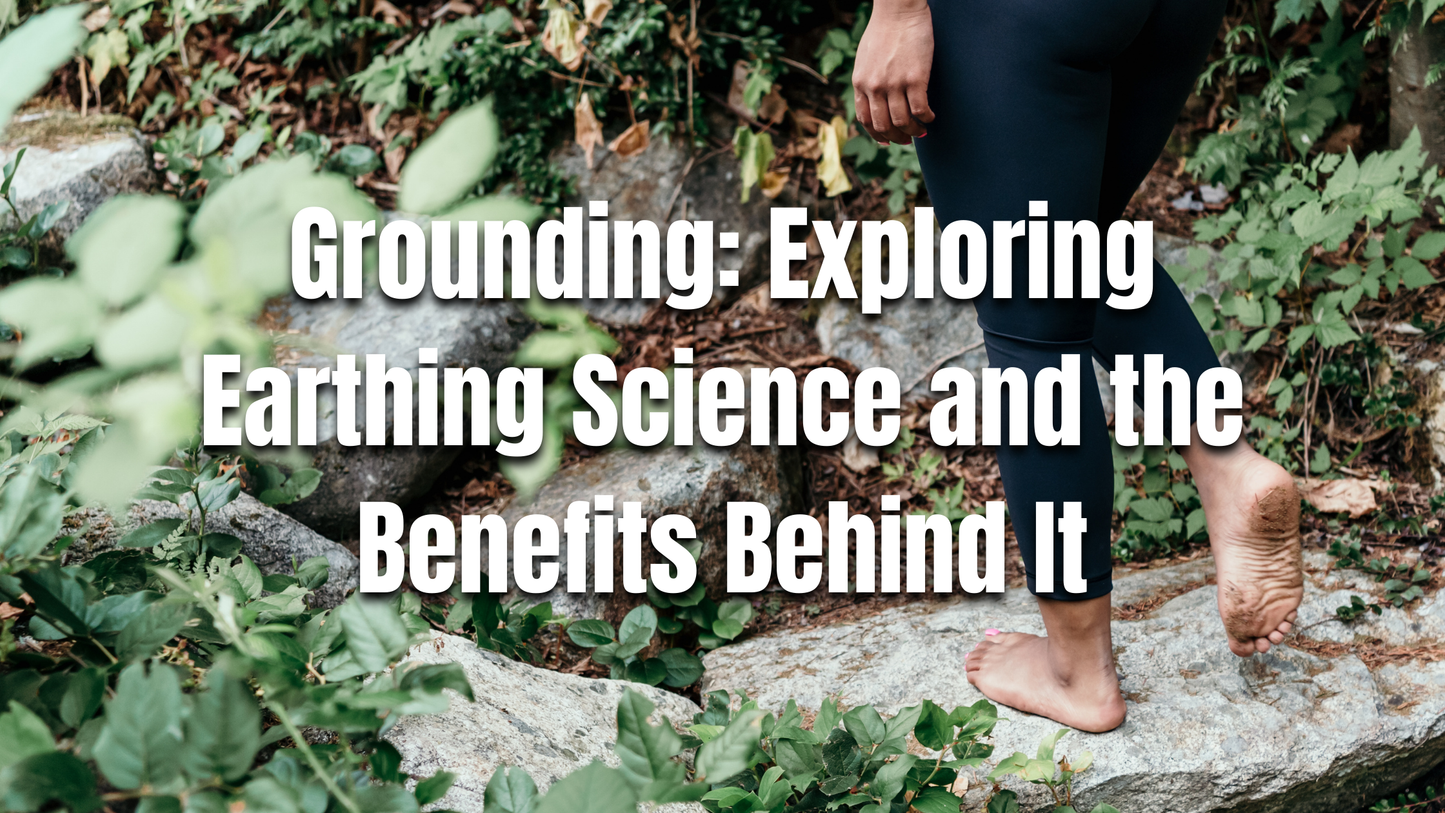
What Is Grounding?
Grounding, also referred to as earthing, is a therapeutic practice that involves reconnecting with the Earth’s electrical energy. This can be done through direct contact with natural surfaces like grass, sand, or water, or through grounding equipment such as mats and sheets.
Proponents of grounding suggest that this practice has the potential to positively influence physical and mental well-being by allowing the body to absorb natural electrical charges from the Earth.
The Science Behind Grounding
While grounding is an emerging field, existing research highlights its potential for managing inflammation, improving heart health, reducing muscle damage, and enhancing mood. Here’s what science tells us:
- Inflammation and Healing: Grounding may influence the body’s living matrix, a connective network of cells with electrical conductivity. This network functions as part of the body’s immune defense.
- Cardiovascular Health: A small study observed improved red blood cell fluidity and less clumping after participants practiced grounding, which may reduce cardiovascular risks.
- Muscle Recovery: Research on grounding during post-exercise recovery showed reduced muscle damage and pain levels.
- Mood Improvement: Massage therapists in one study reported significant reductions in stress, pain, and fatigue after grounding sessions.
Although the findings are promising, most studies are small and call for further investigation to fully understand grounding's benefits.
Types of Grounding Techniques
Grounding can be practiced in several ways, whether outdoors in nature or indoors using specialized equipment. Here are the main methods:
Walking Barefoot
One of the simplest ways to ground yourself is by walking barefoot on natural surfaces like grass, sand, or mud. This direct contact allows the body to absorb the Earth’s electrical charges.
Lying on the Ground
Increasing skin-to-earth contact by lying on the grass or sand can amplify the grounding experience. Ensure safety by avoiding hazardous areas.
Submerging in Water
Natural bodies of water like lakes, rivers, or the ocean can also serve as grounding mediums. Swimming or wading in these waters creates a direct electrical connection.
Using Grounding Equipment
For those unable to access natural environments, grounding tools like mats, sheets, and patches provide an alternative. These tools simulate contact with the Earth and are designed for convenience.
The Benefits of Grounding
While the science is still developing, reported benefits of grounding include:
- Reduced Chronic Pain: Grounding patches have been linked to lower pain levels post-exercise.
- Improved Sleep: Many participants in studies reported better sleep duration and quality.
- Lower Stress and Anxiety: Grounding has been shown to alleviate emotional stress and fatigue.
- Cardiovascular Support: Studies suggest it may help reduce blood pressure in individuals with hypertension.
Are There Any Risks?
Grounding is generally considered safe when practiced responsibly. However, there are some risks to be aware of:
- Environmental Hazards: Walking barefoot or lying on the ground may expose you to sharp objects or harmful organisms.
- Electrical Equipment Safety: Ensure that grounding devices are properly installed to avoid electrical mishaps.
Takeaway
Grounding, or earthing, offers a unique approach to reconnecting with the Earth for potential health benefits. While more research is needed to confirm its effects, many people find it helpful for managing stress, pain, and other health conditions.
Whether through natural contact with the ground or using specialized tools, grounding may be a simple and accessible addition to your wellness routine.



